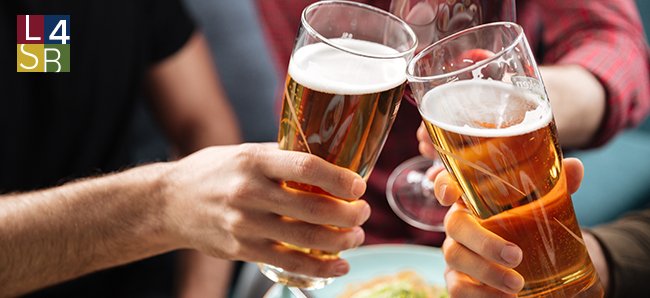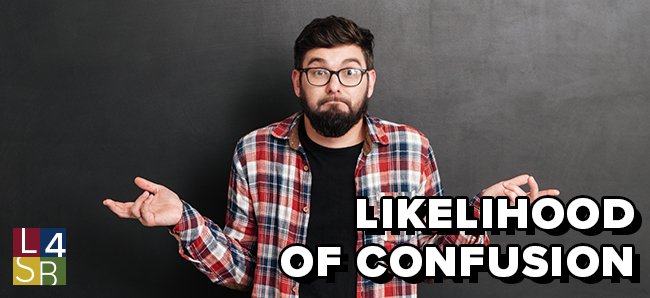For many businesses, brand name protection is one of their most important assets. Brands helps customers identify a particular business as the source of that business’s goods or services. And once consumers find a brand they like, they’re loyal to it. Take Corona, for example. Come Cinco de Mayo every year in the U.S., you can bet that the local cantina has stocked up on bottles of Corona Extra and bags of limes. Why? Once they get to the front of the line, customers are likely going to request a “Corona” instead of a “pale lager produced in Mexico.” That brand loyalty is what the owner of Corona has sought through intense marketing—and it is precisely what trademarks protect. But obtaining a trademark for a particular brand (Corona is just one of many trademarks related to its Corona Extra and Corona Light brands, for example) often involves a lengthy application process with the U.S. Patent and Trademark Office (USPTO). While the USPTO can reject a trademark application for a number of reasons, one of the more common bases for rejection is a “2(d) Likelihood of Confusion” refusal.
What is Likelihood of Confusion
Simply put, an application to trademark a brand (a company logo, for example) can be rejected if a similar logo has already been registered as a trademark. Using Corona as a hypothetical, imagine a new business called “Corona More” wanted to trademark its company name. The trademark application for “Corona More” might be rejected because it is too similar to the existing “Corona Extra” beer trademark that we’re all familiar with. The USPTO might issue a 2(d) Likelihood of Confusion refusal because of (1) the similarity of the marks; and (2) the relatedness of the goods. Similarity of the marks and relatedness of the goods are just two of thirteen factors (termed the “duPont Factors”) that the trademark examining attorney must weigh when deciding whether the “Corona More” logo in our example would cause confusion as to the origin of the goods or services from either company. In this respect, trademarks serve to protect both businesses and consumers. But there might not actually be any confusion among consumers, even with companies using the same name.

Overcoming Likelihood of Confusion Refusals
A keyword search for “corona” in the Trademark Electronic Search System produces multiple separate registered trademarks for “corona.” How did multiple separate trademarks for the same word overcome a 2(d) likelihood of confusion refusal? This is where it gets fun (for trademark attorneys, at least). Because USPTO examining attorneys often include just several of the thirteen duPont Factors in support of 2(d) refusals, applicants can overcome such a refusal by analyzing all thirteen duPont Factors in their response. In fact, the USPTO is required to consider all thirteen factors in determining the likelihood of confusion of a mark. So, a response for “Corona More” might include evidence that the mark has been in use for three years without any confusion in the marketplace (Factor 8), and that “Corona More” sells only commercial brewing supplies—not actual beer, so there is no overlap in the trade channels or even in purchasers of either product (Factor 3). Once examining attorneys consider all the factors, it often becomes clear there is no real confusion among consumers and the application can proceed through the process.
Trademarking company names and logos is key to protecting a business, but it can be a complicated process. Involving an attorney familiar with the intricacies of the application process as early as possible is crucial. And soon enough, customers could be requesting your product by name at Cinco de Mayo festivals.
Ready to speak with a Trademark Attorney? Contact us or give us a call at 505.715.5700 today.
Law 4 Small Business, P.C. (L4SB). A little law now can save a lot later. A Slingshot company.

